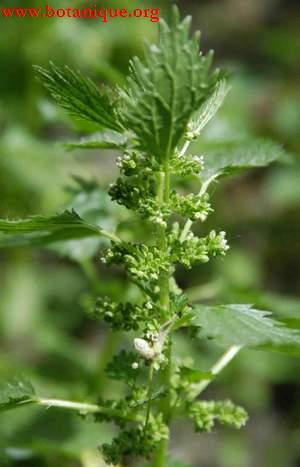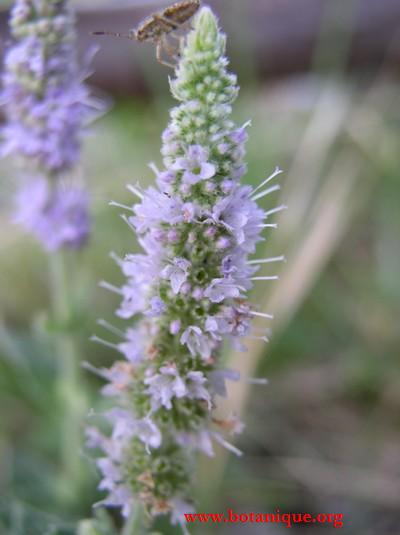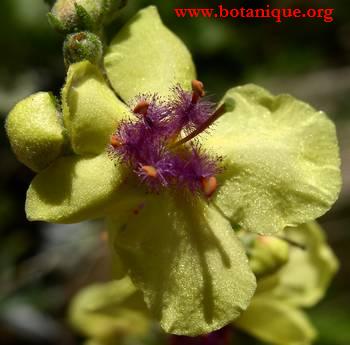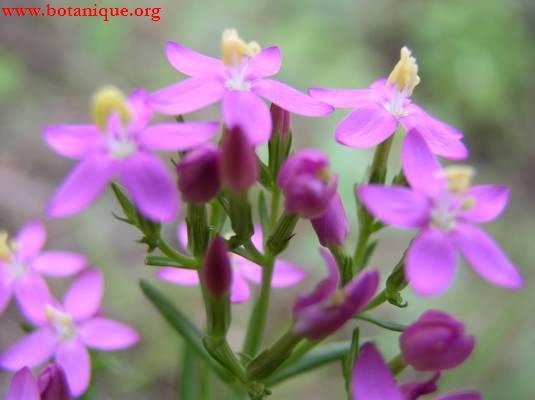Ancestral land plants appeared about 410 million years ago. Compared to green algae, land plants are characterized by a waterproof cuticle limiting dehydration and protection of spores that are enclosed in a sac protected by an envelope. Ferns and related plants have conducting tissues which help to grow above the ground. The most derived taxa are heterosporous in order to statistically increase genetic intermixing. Among ferns, pollen grains do not exist and spores are the way of species propagation. More fragile than pollen, these spores will under favorable conditions (a moist and shady land), give birth to a flattened and green body, a prothallus. At this stage, gametes will be produced. Once fertilization is realized, a new fern will be formed. These stages, especially prothallus growth and fertilisation, needs a moist land or water (sperm swims in water to reach the female organ). —- Continue reading Flowering plants pollination (angiosperms)





